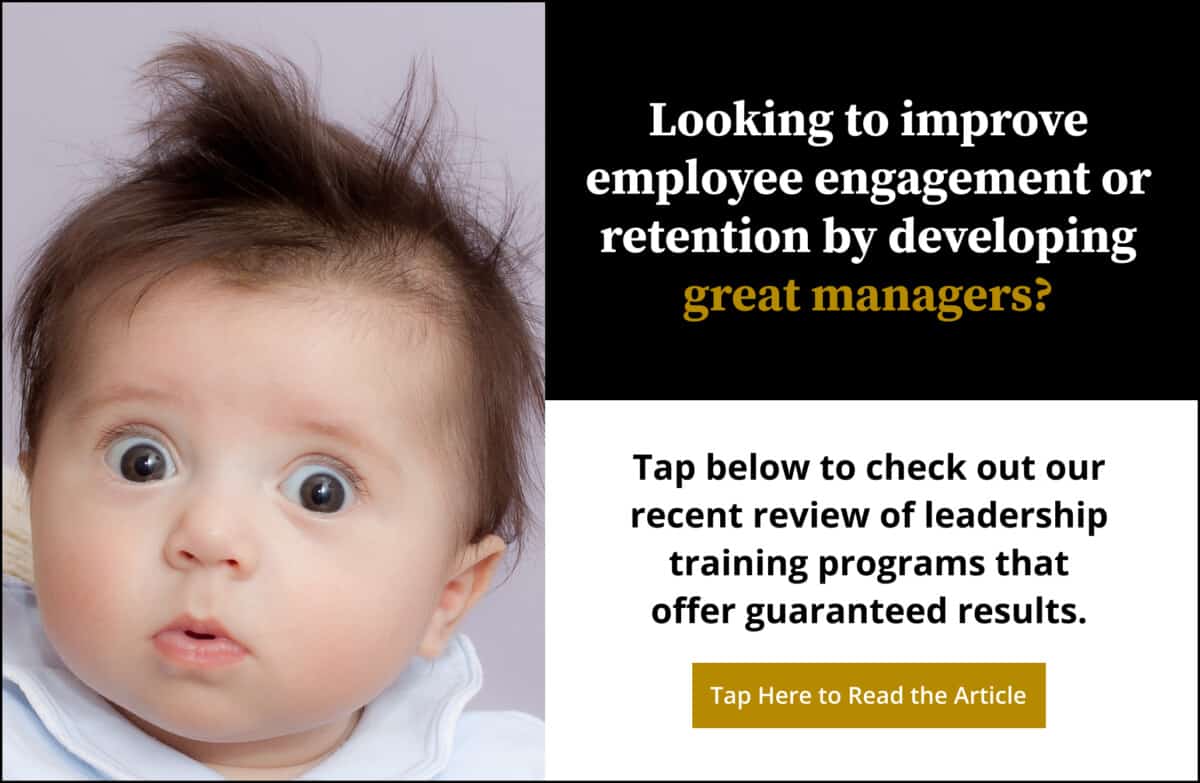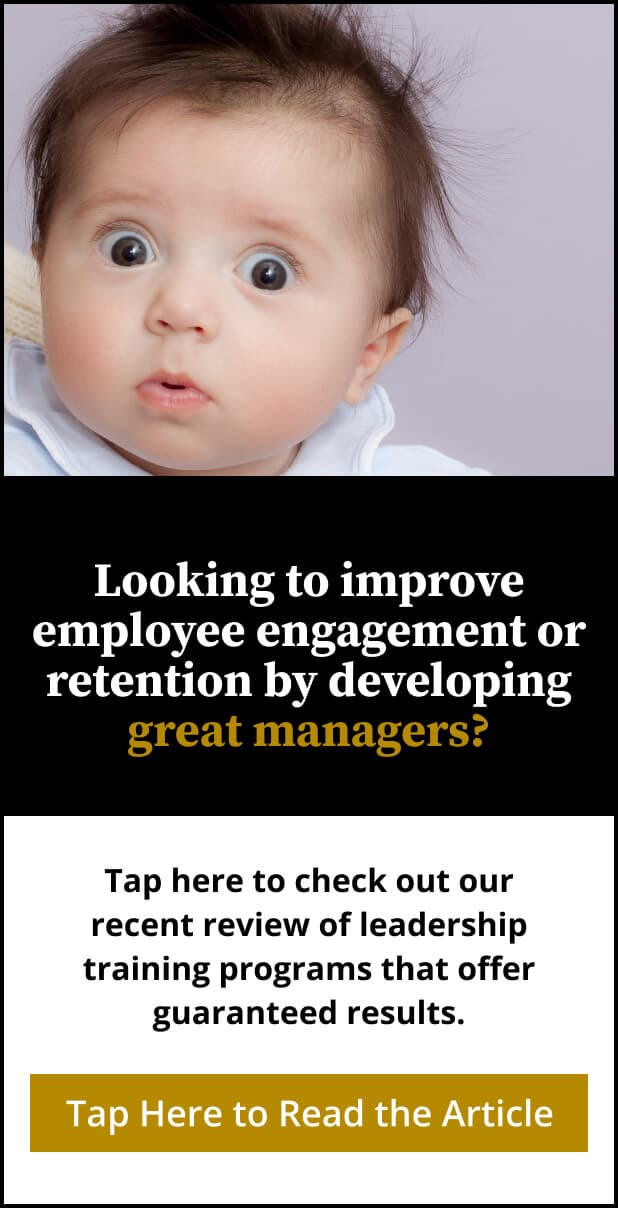Share:

Most organizations strive to maintain high rates of retention and for good reason. The cost of turnover is high and can negatively impact an organization’s performance, productivity, and profitability.
However, while high rates of employee retention offer organizations many benefits, there are also some potential downsides that many leaders don’t consider.
The downsides to high employee retention are disengaged employees who remain in their roles, hurt productivity, create toxic work environments, and drive good employees away. High retention can also lead to difficulty implementing change, less innovation, and a lack of diversity and inclusion.
In this article, we will take a close look at the pros and cons of high retention and explore some of the factors leaders should consider in order to strike the right balance.


What is Employee Retention?
Employee retention refers to an organization’s ability to retain employees. A high rate of retention is achieved by reducing employee turnover, which is the number of employees who leave a job, either voluntarily or involuntarily, during a certain period of time.
Increasing employee retention has a significant impact on organizational performance and success.
According to the Society for Human Resource Management (SHRM), employee retention programs play an important role in attracting and retaining skilled employees and reducing turnover and its associated costs.
Because it is more efficient to retain qualified and highly skilled employees than to train and onboard new hires, retention is good for an organization’s overall performance, productivity, and profitability.
Retention/turnover was the top workforce management challenge cited by 47% of human resource professionals in the SHRM/Globoforce survey Using Recognition and Other Workplace Efforts to Engage Employees.
The Benefits of Employee Retention
High retention rates can indicate a high level of engagement, superior performance, and better customer service. Engagement is particularly important as employees who care more about an organization’s mission feel a sense of purpose in their roles and will perform better.
High rates of retention mean lower rates of turnover—which is so important because the cost of turnover can have a devastating effect on a company’s bottom line. Because of this, companies typically want to avoid turnover as much as possible.
How much does turnover actually cost companies? It has been reported that turnover costs companies, on average, six to nine months of an employee’s salary to replace them.
On top of the high cost of turnover, the time and effort managers have to spend on dealing with attrition takes time away from the aspects of the role they should be focused on. When retention is high, this allows managers to spend less time and effort on the recruitment process.
In addition to the financial impact of high turnover, it can also hurt employee morale. Employees can become overworked due to increased workloads and responsibilities until those vacated roles are filled. Even newly hired employees may experience low morale as they struggle to quickly learn their new job duties.
The Downside to Employee Retention
Though the cost of turnover can negatively impact a company’s performance and profitability, not all turnover is harmful.
In the short term, high rates of retention can save an organization a lot of money and reduce the amount of time and other resources spent on recruitment efforts. But the downsides to retention may be felt more acutely when it comes to long-term success and sustainability.
It may seem counterintuitive to look at high rates of retention as having potential drawbacks since we mostly hear about how much turnover can affect a company’s bottom line, but it can also potentially create problems on teams that snowball over time.
One of the main downsides to retention is the role that disengaged employees can play in a company’s retention rates.
Disengagement is a serious issue many organizations are facing. According to Gallup, 17% of full- and part-time employees are actively disengaged. It is estimated that disengaged employees cost organizations in the U.S. $450-500 billion annually.
Disengaged employees are not passionate about what they do and show a lack of commitment to their jobs. They often exhibit toxic behaviors, underperform, and lack a strong belief in or enthusiasm for the organization’s mission, vision, or values.
These employees are not interested in problem-solving, process improvement, collaboration, or innovation. They may be averse to change and express frustration when they are asked to do certain tasks or learn new processes.
The negative, toxic environments disengaged employees create can impact engaged employees who may become less engaged due to the morale problem it creates.


Disengaged employees can also drive away other employees they feel threatened by professionally, especially if potential promotions or recognition of accomplishments are in the mix, and they can cause organizations to miss out on new hires who may have more up-to-date skills.
Unfortunately, disengaged employees often remain in jobs for a long time, sometimes longer than more talented employees. This phenomenon is sometimes referred to as “sheltering in job.”
In this scenario, employees stay in their jobs, even when they are unhappy in their roles and want to leave, due to unfavorable or uncertain conditions in the job market or their particular field. They may fear the consequences of changing roles in these uncertain conditions.
But even engaged employees can pose problems for organizations. Employees that stay with organizations for a long period of time may be more averse to change, less willing to take on new responsibilities and learn new processes, are more stagnant in their thinking, which leads to less innovation, and they can prevent organizations from hiring more talented employees.
They can also impact an organization’s diversity and make work environments less inclusive. Inclusion is a very important factor emerging in job seeker behavior, one that we should expect to become even more important to job seekers over the next few years.
Diverse teams can provide a wide variety of perspectives because each team member’s ideas and inspirations come from places that seem unrelated. This combination of ideas, in an inclusive work environment, leads to more innovation, enhanced creativity, and better problem solving.
Yes, attrition can temporarily hurt productivity and performance. But replacement hires from diverse backgrounds can be more productive, have more up-to-date skills, and bring fresher perspectives to the organization than the workers they are replacing.
Striking the Right Balance
One of the biggest factors impacting employee engagement is organizational culture. A good organizational culture can keep employees engaged. This can help with the issues caused by disengagement.
If the organization has a widespread morale issue that is contributing to a high turnover rate, the issue is more likely the organization’s culture. Employees who lack job clarity, are not given autonomy, do not receive recognition, and do not trust leadership will not be satisfied in their roles and will often leave if these issues are not resolved.
Having a feedback-rich culture can help employees (and their employers) know when they are a good fit for an organization. Or when it’s time for them to move on to another opportunity.
Being able to make the distinction between low-performers/disengaged employees and high-performers/engaged employees can help leaders address this issue and target retention efforts on the employees that are a better fit.
Ideally, when less talented and disengaged employees leave an organization, talented employees who are better performers and a better cultural fit will fill those roles. This “positive attrition” still costs the organization, but those costs are offset by the boost in productivity, performance, and engagement that new employees can provide.

Matt Tenney is an active CEO who aspires to create the best workplace culture in the world. Matt is also the author of Serve To Be Great: Leadership Lessons from a Prison, a Monastery, and a Boardroom, and The Mindfulness Edge: How to Rewire Your Brain for Leadership and Personal Excellence. Matt is frequently invited to present keynote speeches at leadership conferences and meetings. His TEDx Talk has been viewed over 1,000,000 times since January, 2020.


